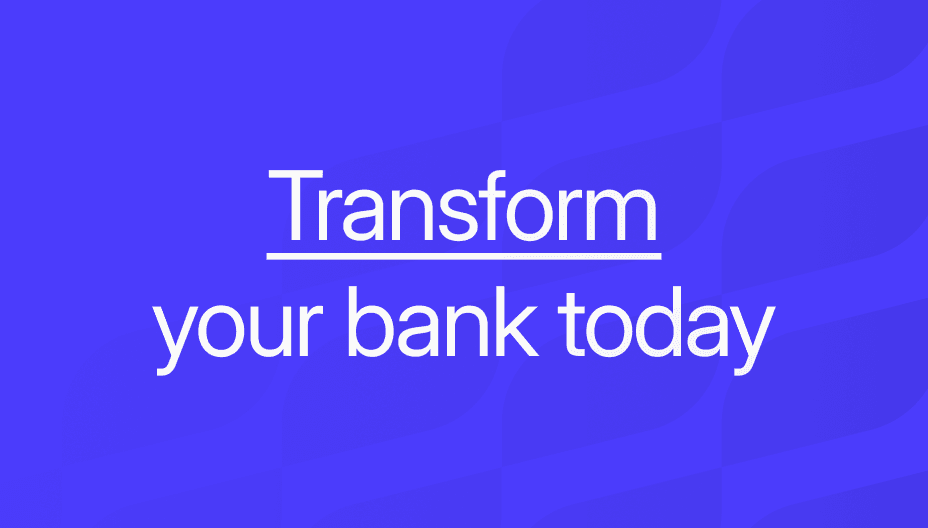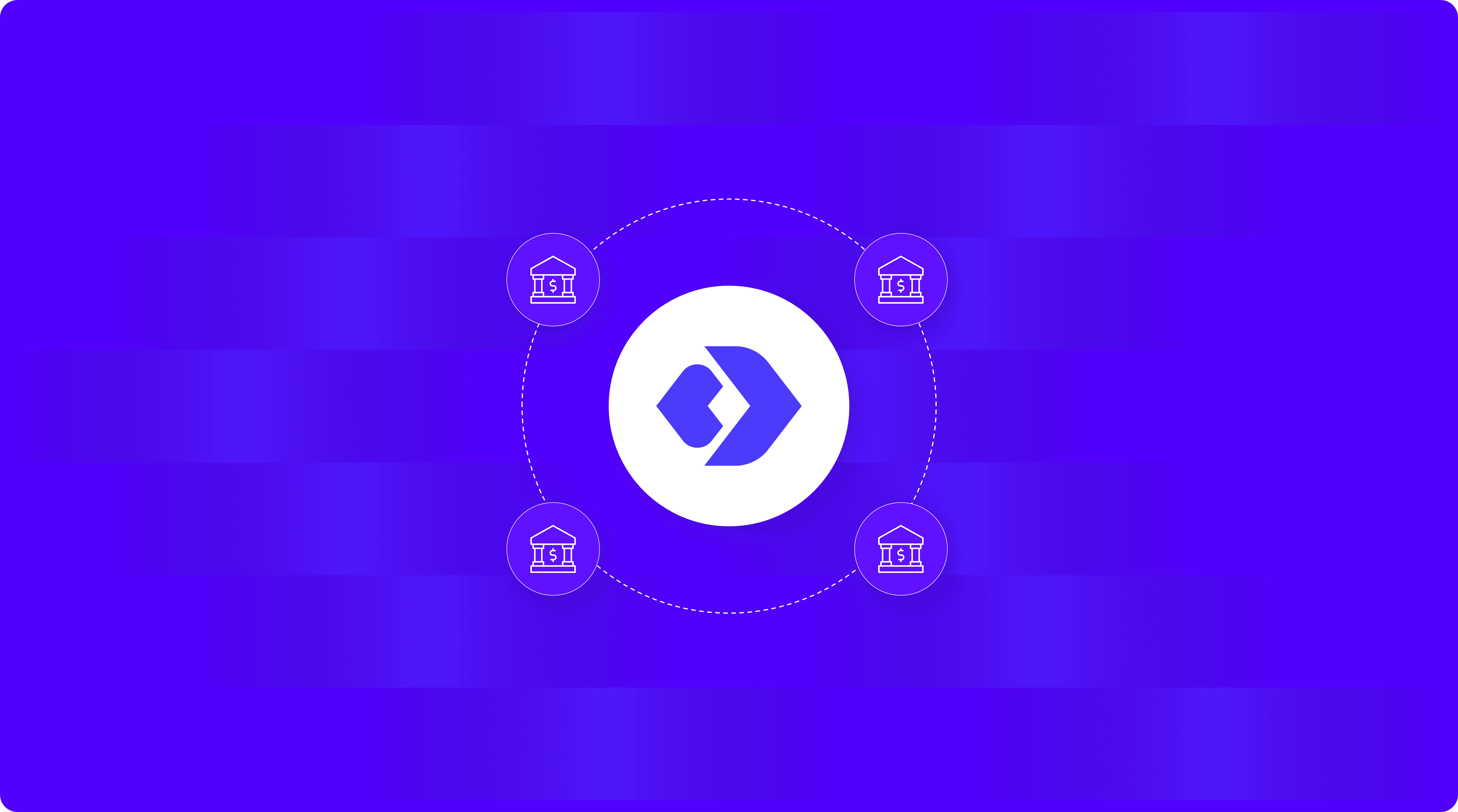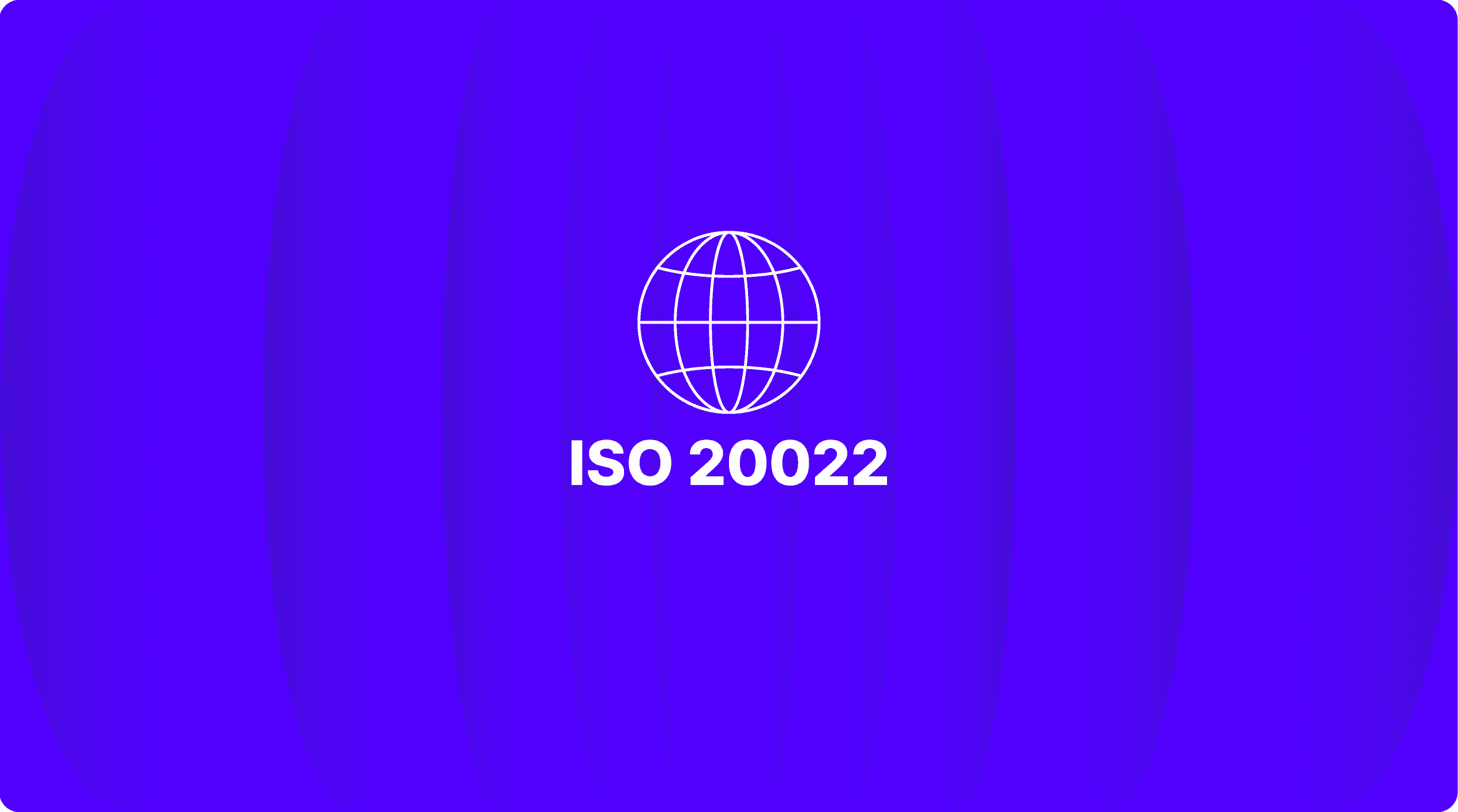Virtual Account Management (VAM): The Growth Engine for Regional Banks
Regional banks are quietly redefining how they serve corporates and fintech platforms. Customers expect real-time balances, automated reconciliation, multi-currency payment capabilities, card issuance, and full payments functionality. Legacy systems tied to the core often fall short, slowing onboarding and complicating reconciliation.
The solution is virtual account infrastructure. It helps banks grow in two important ways. First, it improves corporate services. Second, it makes high-volume payment processing easier for fintech and platform businesses.
What is Virtual Account Management (VAM)?
Virtual Account Management (VAM) is a system that lets banks create virtual sub-accounts linked to a master account. Unlike traditional accounts, virtual accounts enable:
- Segmentation of funds by customer, division, project, or subsidiary
- Real-time reconciliation of payments
- Support for complex corporate structures, including POBO (Payments on Behalf Of) and COBO (Collections on Behalf Of) models using unique account numbers
- Integration with internal accounting systems, traditional bank accounts, external ledgers, and the bank’s core
But not all virtual account solutions are created equal.
The limitations of current virtual account platforms
Many virtual account solutions today are offered by external providers, often as standalone platforms. While they help organize sub-ledgers and track payments, they have significant drawbacks:
- Dependence on legacy payment rails: Most external virtual account platforms rely on traditional batch-based ACH and wire systems. That delays reconciliation and prevents real-time balance visibility.
- Disconnected from the bank’s estate: These platforms are outside the bank’s systems. It is hard and slow to integrate them with core ledgers, payment systems, compliance systems, and outside accounting systems. This process is also prone to errors.
- Limited control over operations: Banks often cannot directly manage upgrades, configurations, or compliance controls. This makes them rely on third-party providers.
- Fragmented experience for corporates and fintechs: Customers can struggle with delays, inconsistencies, and lack of integrated payment capabilities, reducing stickiness and satisfaction.
The trend at Regional Banks: VAM + Payments outside the core
A clear trend is emerging: banks are moving Virtual Account Management (VAM) and payment processing to platforms outside the core. This transition enables them to operate a consolidated platform that oversees both accounts and payments, without the need for physical accounts, while accommodating multi-currency transactions, FBO account frameworks, adaptable sub-ledgers, integrated APIs, and comprehensive compliance monitoring. The process of onboarding corporates and fintechs becomes quicker and more scalable, laying the groundwork for advanced services.
Decoupling VAM and payments from the core help regional banks offer new services. It also strengthens client relationships. This allows them to confidently enter fintech and platform-driven embedded banking.
Opportunity 1: Deepening corporate banking relationships
For corporate treasurers managing subsidiaries, projects, or client segments, payments-enabled virtual accounts unlock new levels of control. Detailed virtual ledgers connect virtual accounts for corporates and business accounting systems. They give treasury teams quick visibility, real-time control, and useful insights.
Clients expect several features now. These include:
- Escrow, liquidity management and cash management services
- Multi-currency accounts
- Real-time visibility and processing
- Self-service dashboards
- AI automation
- Support for new areas like digital assets and stablecoins.
Many banks are working together with clients to create solutions. This helps clients have more control over deployment and get personalized experiences. Consequently, they require increased flexibility in their virtual account infrastructure.
Opportunity 2: Scaling fintech and platform payment processing
Fintech companies and digital marketplaces operate on a large scale. They need real-time, high-volume payment systems. Parallel payment platforms and virtual accounts for fintechs help banks provide customers with these accounts.
These accounts are also payments-enabled and can keep accurate records through their ledger. They support transactions in many currencies. They also offer cards and integrated payment APIs.
By not relying on their core systems, banks can work with fintechs more easily. This helps them follow rules and provide fast payment experiences while reducing operational issues.
Seizing the opportunity
Regional banks have a window of opportunity. Yes, they’re under pressure - rising client demands, fintech competition, and treasury complexity aren’t going away. But the real story is this: they can now deliver the same sophisticated services corporates get from the largest banks. It’s a chance to reposition themselves as indispensable players in corporate banking and embedded finance - where scale doesn’t come from size, but from smarter infrastructure and sharper execution. Ready to drive new revenue with virtual accounts at your bank? Contact us.

Get the monthly newsletter
Get the Finzly edge through our insights









